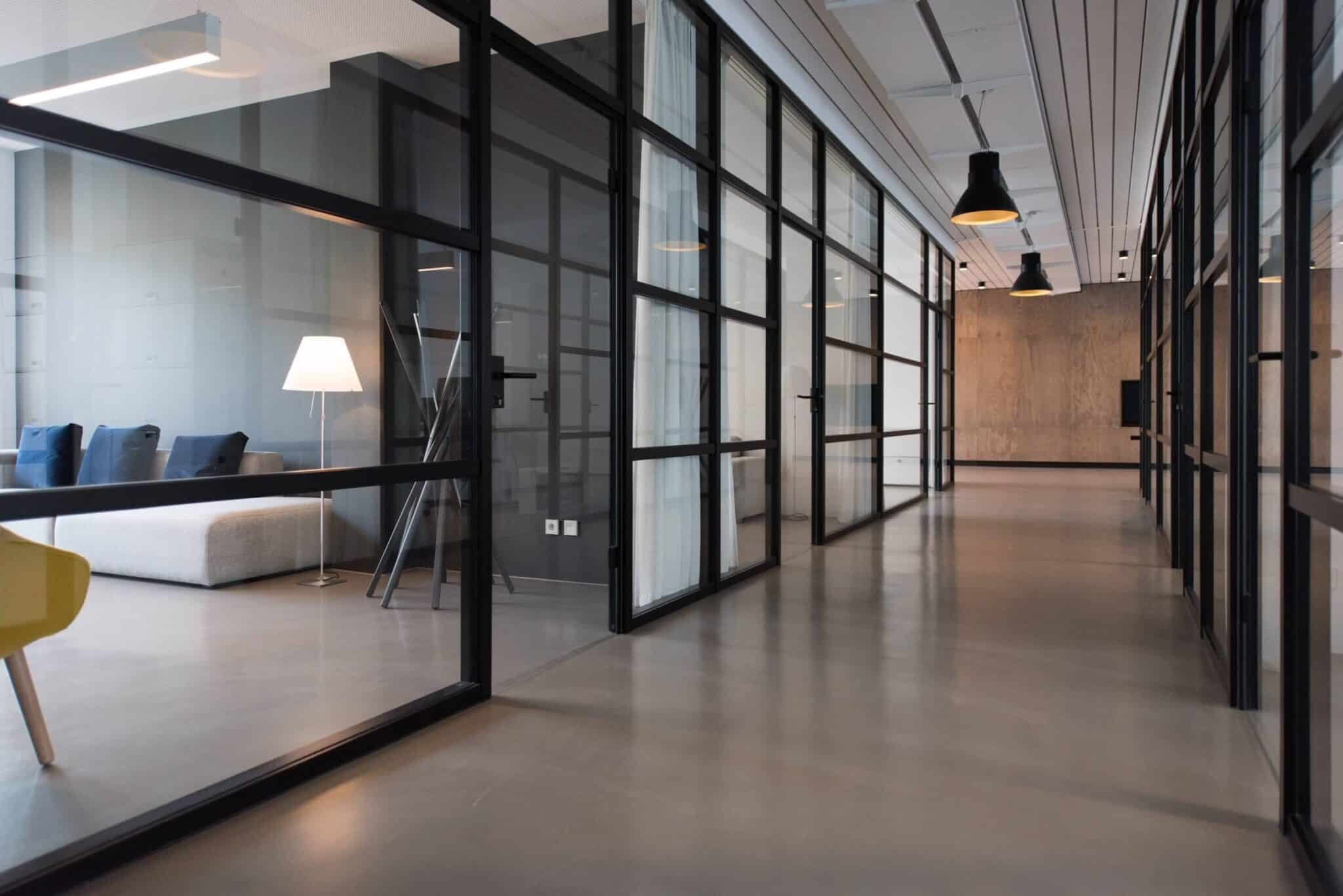Kati Barklund is on the cutting edge of workplace management with Microsoft in Sweden. We talk current and future trends in technology, as well as key metrics FMs should know.
There isn’t much Kati Barklund hasn’t seen in the workplace throughout her extensive career as a facility manager with over 15 years in the industry with Nordic companies such as Skanska Facilities Management and Coor Service Management Group. Regardless of how much experience she’s amassed, however, Kati has always been in search of her next big career challenge.
That challenge most recently came in the form of her role as the Senior Solution Specialist, Modern Workplace for Microsoft in Sweden. It is in this role that Kati has dug deeper into the digital side of the workplace, where she is uncovering new and exciting insights about the modern workplace and way of working.
To start off, could you tell us your definition of a modern workplace?
Kati: For me, the modern workplace is a flexible, mobile, productive and secure workplace. It is not just a physical or digital workplace. For example, here in the Nordics, most companies — when it comes to the physical workplace — are moving into or have already implemented activity based workplaces. When it comes to the digital workplace, the companies here have moved to the cloud and work in Office 365.
You can have a modern physical and digital workplace solution itself, but you’re not getting the whole value — beyond savings — of these solutions unless you also have the way of working. Many companies have physical, activity based workplaces, but they still work the same way as before. That’s the same within the digital workplace area: they might technically have Office 365, but they have not changed their way of working.
If you look at the workplace holistically, you have the physical and digital workplace and then you have leadership, culture and way of working. You also need to have change in leadership, culture and way of working to get the other main values beyond savings — those are attractiveness, productivity, efficiency and security.

What kind of metrics do you think are important to measure in order to have a successful modern workplace?
Kati: I think many of the traditional measures and metrics we have today are not the best anymore and a lot of companies still only measure once a year or so. That is far too seldom. Change is constant today and we need to view our workplace as a process and continuously monitor, adapt and develop both the holistics and parts.
Also, If we look at work today, it doesn’t matter what company or business area in what country, we are all “knowledge workers” to some extent. To be productive, we really need to collaborate. As individuals, teams or organizations, we don’t have all the information, knowledge or experience ourselves. In an organization, you need to look at how they’re actually collaborating. Do we have a lot of islands in the company? Do we actually collaborate between departments and areas? Are we collaborating enough with external partners to get enough external information, knowledge and experience to create solutions and services together? We are so much better together!
When it comes to efficiency, most often there are a few go-to people. They can’t work as productively and effectively because everyone is asking them questions and going through them, and they can’t help everyone wanting their help either. If you look at how we traditionally communicate with each other within an organization with regard to e-mails, phone calls and in real life, we mostly do it with the people near us physically. If you look at companies that use Yammer, for example, that’s when we can see you don’t have those geographical boundaries anymore so you don’t only communicate with the people near you — it’s very easy to communicate within the whole organization.

Sometimes facility managers are faced with the challenge of communicating the kind of value they can deliver to senior executives. How can FMs show senior executives the benefits of better space management?
Kati: That’s very interesting because I’ve worked most of my life in the FM industry. Traditionally, you would have contact with real estate, facilities and sourcing managers. All of those people and functions are normally within the CFO area and cost efficiency is the main metric of success. Of course, there are many more values in other areas like attractivity, productivity, sustainability and security.
If you look at the cost of an office, around one to two percent is for the services, maybe eight or nine percent for the premises, rent and so on, and the remaining 90 percent — in the Nordics, sometimes even 95 percent — is people. For many years, the focus in the FM industry was diminishing that one to two percent of costs, but not reflecting how that affects productivity, how employees feel or whether they’re satisfied. If you look at the premises, it’s a much bigger piece of the cost cake and companies have started to focus on that in the last 10 years or so by diminishing space in different ways.
The greatest potential is in the productivity of people, to make them perform better. I am not saying you should only focus on the productivity, but you should focus on the productivity of the people, cost efficiency and optimization of the workplace and premises and sell this business case to CXOs.

We’ve seen growth in recent years in smart buildings and the use of sensor technology. What are the benefits and difficulties of implementing these technologies?
Kati: Many companies are very focused on technology in the sense of “here’s a cool sensor, let’s just start it and implement it,” but they often don’t think about the whole value side, the business case for it, how they’re going to work with it, and how it’s integrated with all the other areas and solutions they have. That has really been the case with smart buildings.
In general, for facility managers, IoT is something that is going to change the whole business from being reactive to being more proactive. What we still do in the FM industry is go and check if something is empty, full, broken and so on. We do a lot of that. Of course, smart buildings and sensor technology can save time and create more meaningful work. Smart buildings will also help us optimize the workplace and create personalized experience for employees, users and visitors and this is again the main value. Smart workplaces enable productive people!
Today, we have technical solutions for all areas of smart buildings, but there’s still many verticals. When these solutions are in verticals, they are not giving us enough value, they cost too much and there are also security issues because if you have lots of verticals, you also have lots of infrastructure for the verticals. We need to find horizontal platforms and platforms where we can add on all the sensors we need for the building and workplace, in addition to analytical tool on top to visualize and analyze the data gathered.

To conclude, what is your prediction of where the FM industry might be headed in the five years?
Kati: There is still an opportunity to take a few more steps in the value chain, but also a risk that the FM industry will only be arms and legs. You need to be brave to get up in the value chain. Some of the other workplace-related disciplines could be leading the workplace, but we can still get a little higher in the value chain.
When it comes to productivity, the physical workplace really has an impact and that is something the FM industry needs to sell to the C-level. If you look at the digital workplace and the digital way of working, that potential impact is much bigger and will continue to be in the future. According to Gartner, 30 percent of organizations’ competitive advantage will come from the workforce’s ability to creatively exploit digital technologies. That’s also why I have gone into more of the digital workplace area to learn more and explore the workplace strategy from the digital side because I see huge potential when it comes to productivity.
The success, however, comes from the holistics and continuity — working simultaneously and continuously with the physical and digital workplace and the leadership, culture and above all — always putting the people in the centre of the workplace. We need to remember that the workplace is for the people — to make them productive!
Keep up with Kati via LinkedIn and take a look at some of her published works.
Do you think the digitalization of the workplace will help FMs moving forward? Join the conversation by telling us what you think in the comment section below.
Photos: Annie Spratt, Nastuh Abootalebi, Brodie Vissers, Shutterstock





